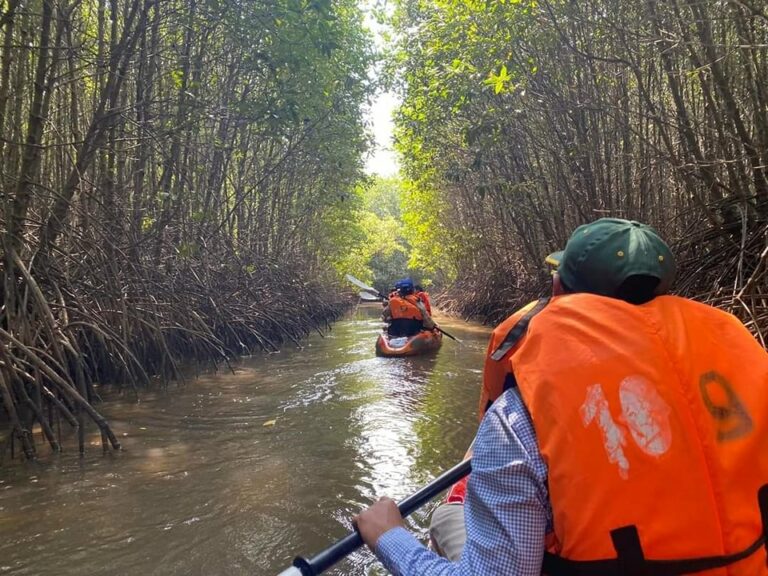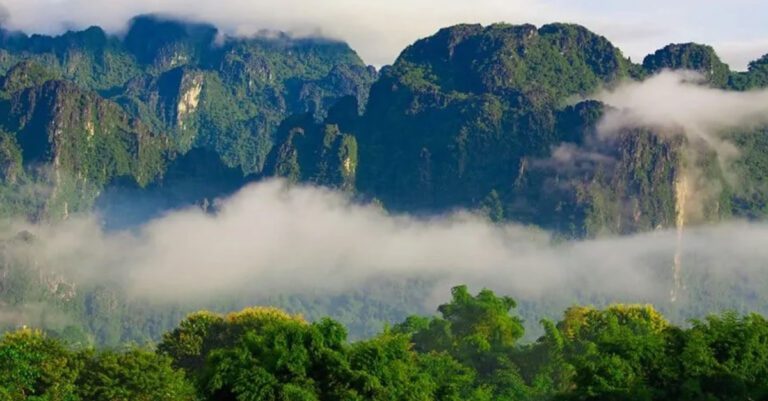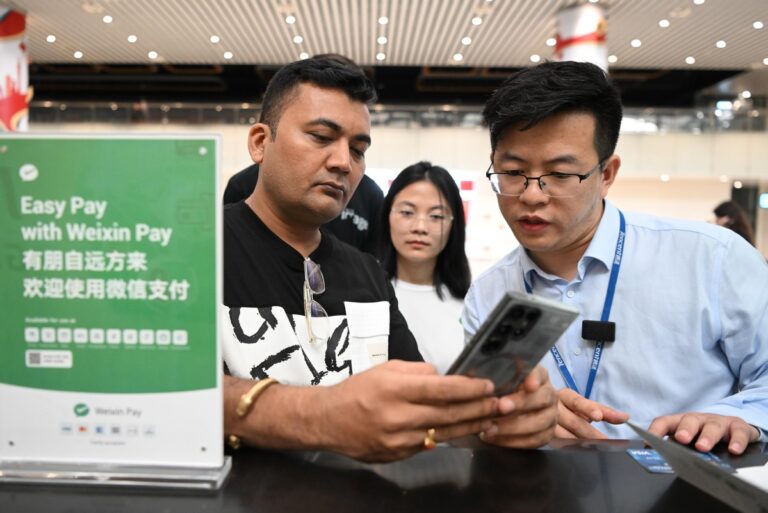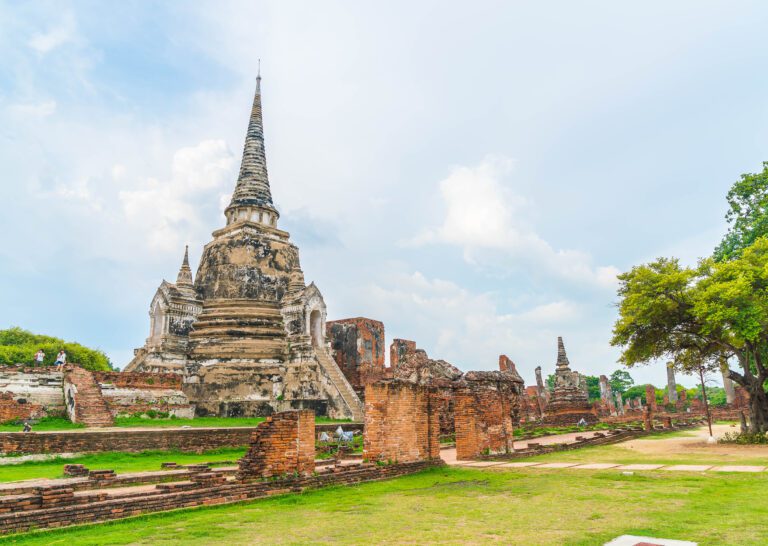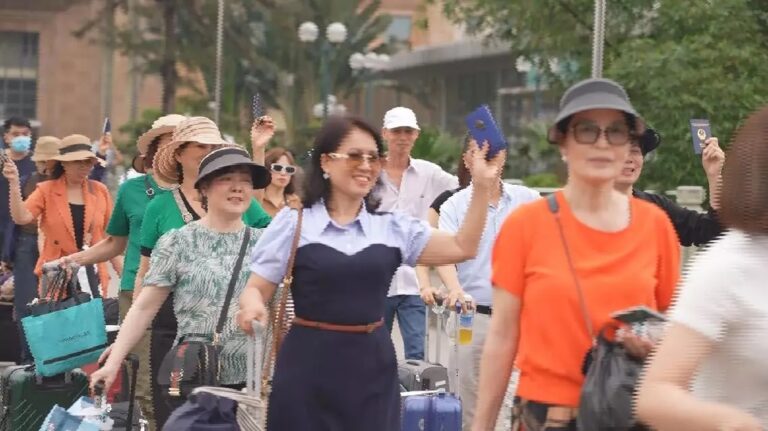
Like many tourism businesses in the Mekong Sub-Region, Yaana Ventures had to adjust to the strictures of the pandemic – and readjust as tourism rebounded from the end of 2021 onward.
The rebirth of tourism around the Mekong has come with its own challenges – which Yaana Ventures’ CEO Willem Niemeijer feels ready to face head-on, keeping in mind the many opportunities opening up in the region as well. We sat down with Mr. Niemeijer to discuss the past, present and future of tourism in the Mekong.
You held the line at Yaana Ventures during the pandemic’s darkest days. What adjustments did you have to make to minimise the stress on your business?
We have a whole portfolio of companies, all specialized in Travel, Travel Tech and Hospitality. Khiri Travel is still the 800-pound gorilla in Yaana Ventures’ portfolio, and got basically shut down for two full years. The two operating ecolodges in our portfolio, Cardamom Tented Camp and Anurak Community Lodge, we able to stay open for most of the time and we have been able to tap into the domestic markets to keep the lights on, so to speak.
The domestic market did mean that we had to reduce our rates. We also had to adjust our programming – our program is typically for the international traveler, whereas the wishes and demands of the domestic market are quite different. And that also had an effect on our revenue. But still, our lodges were able to keep trading, for which we were grateful.

In 2020, we were all thinking this would last maybe half a year at most before things return back to normal. So we reduced our staff counts during 2020 in phases. But by the end of 2020, we had to reduce our staff count across our business by about three-quarters. It was extremely distressing for everybody.
Now that most countries have reopened their borders, Khiri Travel had to rehire and retrain almost the entire team. It’s normal to replace some staff once in a while in a business, but it’s not normal to replace and retrain an entire team while the tap of customer enquiries is being turned up full-volume.
The rebound of the business is very, very uneven per country. For example, just look at Thailand – while Phuket is doing pretty well, Chiang Mai is still very, very much behind. Laos is still far behind with international arrivals.
Uneven rebound aside, do you feel that there are any particular bright spots or opportunities that businesses in the Mekong travel industry can take advantage of?
Yes, there definitely is. In particular for the smaller countries, it’s a great moment to reinvent.
Cambodia, I think, is a great example; it had been not doing that well, pre-Covid, the number of visitors to Cambodia had been in decline for a few years prior to 2020. They’ve been struggling to see beyond the country’s highlight, Angkor. The restart can relaunch the destination beyond Angkor, with a focus on the islands, the jungles, Phnom Penh as a vibrant city, you name it: it’s a full on destination.

Laos itself has an interesting opportunity there because, during the closing years, the high speed rail line opened. There’s a lot of opportunity for the country to use the train line as a restart of their destination.
Besides Luang Prabang, people can now very easily go to places like Oudomxai or Vang Vieng or even close to the Chinese border. So there’s a great opportunity there for private sector to start looking at that railway line and say, “hey, what businesses can be set up, because now people can reach us in these remote places very easily?”
I would single Cambodia and Laos out as great opportunities for the private sector, but the whole effort needs to be led by the destination management organisations (DMOs).
Why do you feel sustainable tourism is such a necessity in the greater Mekong subregion? And what positive impact does promoting sustainability create?
Why do people come to the Mekong region? They come for the people, the culture, and they come for the natural resources. So it is of ultimate importance that tourism contributes to the conservation of these actual elements, the reason why people visit in the first place.
At YAANA Ventures we believe tourism is a force for good, tourism as a driver of proactive sustainability is simply defending our raison d’etre. People want to come because of people and communities, living culture and nature.
We prove with our products that “good tourism” can actually contribute to sustainability. This is true for Cardamom Tented Camp, Anurak Community Lodge, and Khiri Travel’s products. It’s quite clear that tourism can and should be a force for good.
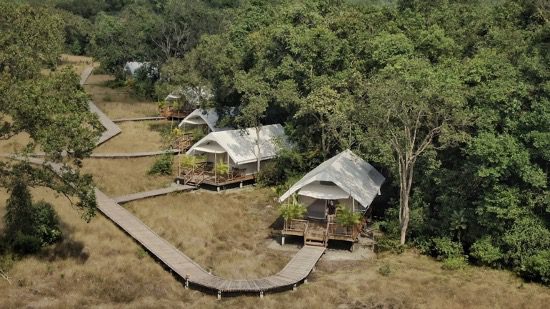
Can you cite specific examples in your experience, where this commitment to sustainability is being lived out?
One of the most easy examples we can point to is Cardamom Tented Camp, which by its own virtue helps to keep a forest of 180 square kilometers standing. And we see returning wildlife in that particular national park, which we help protect; and our working side by side with Minor Group’s Golden Triangle Asian Elephant Foundation; and Wildlife Alliance.
It’s a good showcase of how cooperation between tourism players and specialized conservation NGO’s can help to conserve nature.
We can also see with this Khiri Travel – we have products that bring people to communities that are off the beaten track and by doing so “spreading the tourism dollar”. You don’t always have to go too far off the beaten track, either! For example, you can simply go to a different area of Bangkok and eat in a noodle shop there, that way the noodle store gets more [profit] out of the normal day and it shows the travellers the [authentic parts] of a country.
Do you feel that sustainability is something that tourists are willing to pay extra for, to get sustainable experiences in the Mekong?
It’s still a competitive business. I think people have an idea of what they want to spend on a holiday. Your three-star, four-star traveler, or even quite a bit of the five-star travelers, they have a budget in mind. And you need to operate within that budget.
I don’t necessarily think people want to spend more to get a sustainable experience, but they simply want to have that sustainable experience within their budget. So we need to think about a product, and make sure that the product is authentically a sustainable product. If it fits in the same budget will definitely choose a product where they can feel that they are contributing to conservation of nature, culture, helping out people, doing something more than just visiting.

From your perspective, are there any major trends that look to be shaping travel in the Mekong subregion over the next few years?
Visitor dispersion is still a massive, massive opportunity for the Mekong region. Outside of Thailand, we are looking at many new areas for tourism: the amount of places where people go to is very, very limited – almost unchanged since the early ‘90s. So the biggest opportunity lies in developing tourism outside of the hubs in the Mekong region.
Now that tourism is reopening up, which of Yaana Ventures’ businesses seem the most promising?
We are working currently developing Visama Lodges: sustainable, luxury tented camp development in areas outside of the major hubs. Think Cardamom Tented Camp, but a more luxury experience opening the region for high-end travelers beyond major hubs.
We are working hard with local investors to reconcile actions with my words in my previous comments.
It’s a lot of work, and it takes convincing of local investors. But anybody can just look back at the last 20-30 years of development in the region and project that out on the next 30 years. It’s a no-brainer as an investment opportunity.
